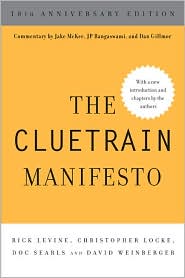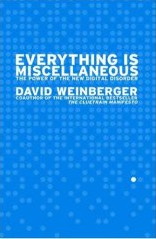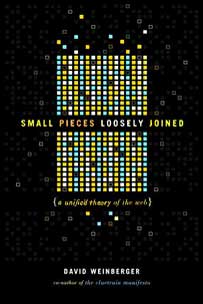February 9, 2021
TV Triumphs over Theater. At Last.
At Medium.com I’m maintaining that television as a rhetorical form has reached a turning point — not that we’re at Peak TV (which we are) in terms of streaming services and network television, but that we are expecting and appreciating serious information and events to be presented in the ways pioneered by entertainment TV. And this is a good thing.
More here …











